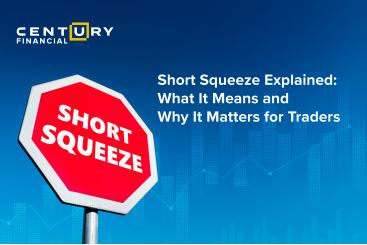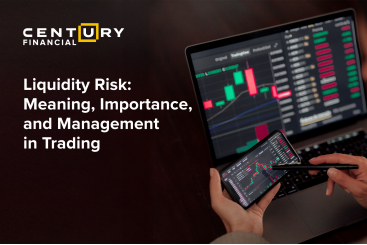Friday, October 10, 2025
Types of Option Trading: A Complete Guide to Calls, Puts & Markets
تم إعداد هذا المنشور من قبل سنشري للاستشارات


Introduction to Options Trading
Options are derivative contracts that let you buy or sell an underlying asset without actually owning it. With multiple types of option trading, underlying assets, and available positions, options trading brings a lot of flexibility. For beginners, options trading explained with examples could put a lot into perspective.
No matter the instrument, the platform used also makes a big difference. With Century’s comprehensive platforms and Learning Centre, you can learn more about options trading, but let’s start with understanding the types of options.
The Main Types of Option Trading
Trading in options can be classified in several ways. Based on rights, underlying assets, expiries, and markets, there are several types of option market. There are even different types of call options you can use based on your outlook. Understanding the differences makes for a solid and sophisticated foundation for building your trading strategies.
Types of Options Based on Rights
Let’s start with the trading basics: call options and put options
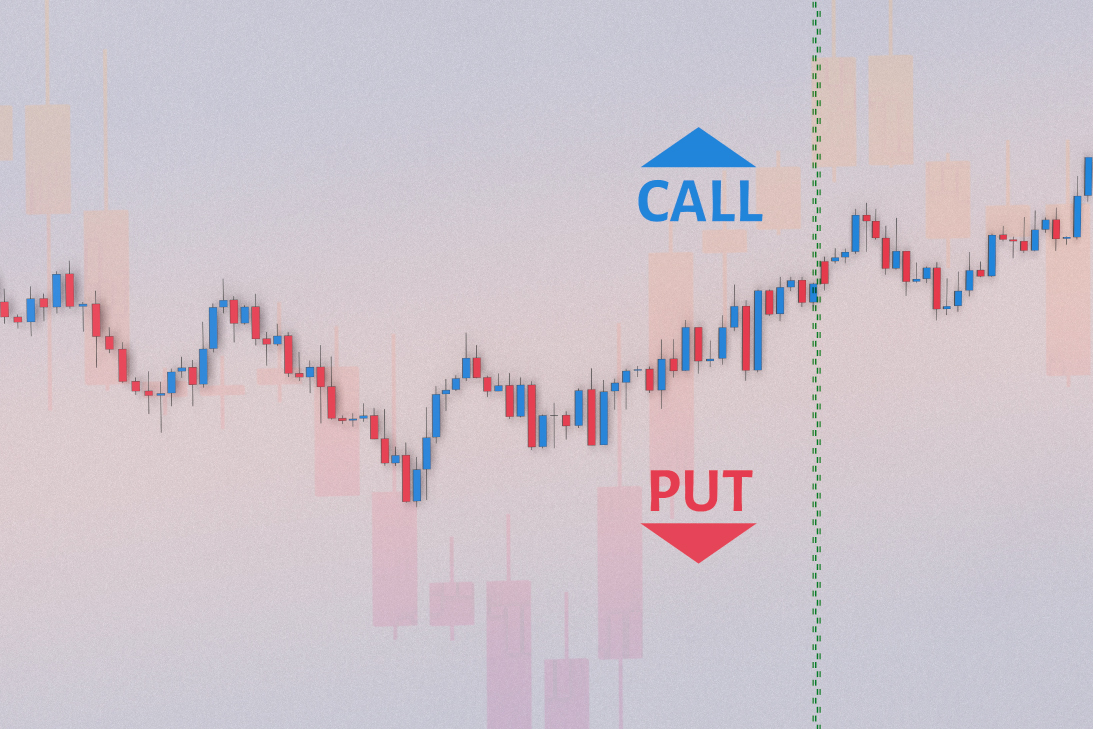
Types of Options Based on Underlying Assets
Trading in a “derivative” is all about what it derives its value from. Here are some variations:
Stock Options
Every stock option type contract links directly to a company’s shares. If you’re wondering what stock options trading is, and how it works, the underlying asset here is a company’s shares. It helps in capturing the price movement and safeguarding the portfolio against steep swings.


Index Options
Why choose a stock when you can go for the whole market? Index options are based on indices like the S&P 500 and ADX. It is one of the most preferred tools of trade in any types of option market as it covers the broader market. An unparalleled upside to index options is help in hedging stock portfolios.
Currency Options
Currency options are closely tied to Forex FX Trading. These instruments provide both protection and leverage. Besides trading, it helps investors and institutions curb currency risks too.


Commodity Options
Different from other types of option trading, commodity options are based on real raw materials like gold, wheat, and natural gas. The broader application and seasonal cycle set them apart.
Treasury & ETF Options
All trading strategies highlight the importance of diversifying and stabilizing your portfolio. Treasury options support and ETFs let you do that in one go.
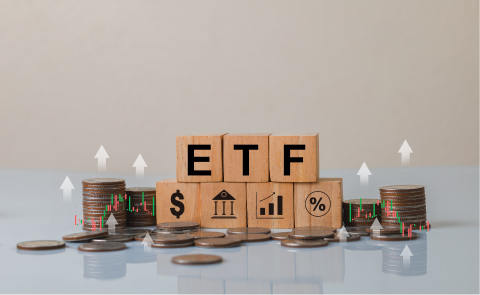
Types of Options Based on Market Classification
A trade needs a marketplace, and here’s where options are traded:
Exchange-Traded Options (ETOs)
These standardized contracts are the most popular among all the types of option market. As they are traded through a structured exchange, there is more regulation, liquidity, and transparency.
Over-the-Counter Options (OTC)
OTC options bring flexibility and are a major segment of the options market. The participants, who are usually institutions and corporations, can negotiate and decide their terms at the cost of increased risks.
Types of Options Based on Exercise Style
Expiry of contracts has a lot of influence on all types of option market. Here are the options you have when it comes to options:
American Options
Perfectly flexible, you can exercise your right anytime before the contract expires. With that choice embedded, American options are popular in equity-based types of option trading.


European Options
With European options, you can exercise your right solely on the date of expiry or maturity. But these contracts typically have a lower premium when compared to their American counterparts.
Advanced Types of Options in Trading
Advanced trading opens doors to more intricate forms and strategies. These products are actively used in specific types of option market, where complexity requires careful evaluation. These exotic options, like barrier, binary, or lookback, rely heavily on technical analysis of the markets. Risks, exposure, market volatility, and various other factors are carefully evaluated, and traders decide if they want to move ahead with covered or naked options.
Profitability Scenarios
The advantages of trading options go beyond profits. It can help you reduce overall risk, give you exposure to a vast range of asset classes, and help you capitalize on a volatile market. But your risk is directly proportional to your exposure. Careful study and a crystal-clear strategy should always be part of your trading plan.
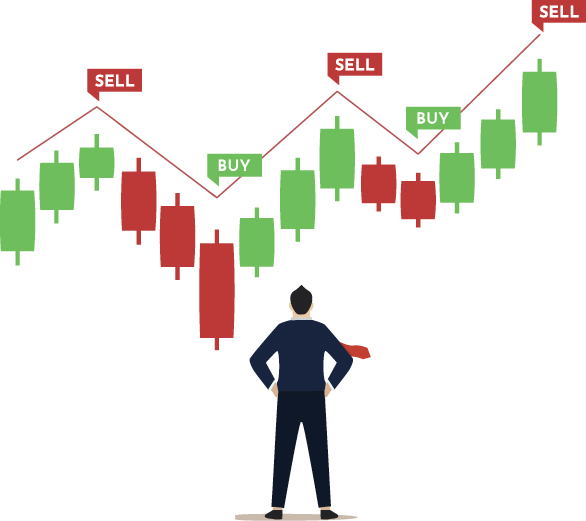
Scenario 1: Hedging with a Protective Put
Mr A has $50,000 in some tech stocks, but he has a bearish outlook on the market for the short term. He buys some puts, covering his exposure. Earnings results come out; the market dips 10%. Mr A rests easy because the hedge he placed through buying a put has covered his portfolio losses.
Scenario 2: Generating Income with a Covered Call
Ms. D built her portfolio around blue-chip stocks for stability. Feeling adventurous, she decided to dabble in short-term trades to generate quicker profits. She sold some covered calls. The stocks kept the portfolio stable while the premiums from her position gave a steady income.
Why Understanding Option Types Matters
Accuracy in timing and clarity in decisions are not just trademarks of professional traders. It is a result of understanding the market with meticulous analysis of trading chart patterns and aligning their strategies with their observations. With a better understanding of option types, you can have:
In practice, this knowledge will provide actionable trading tips, transforming guesswork into structured trading.
Best Platforms for Option Trading with Century Financial
Your chosen trading platform will also play an important role as it empowers you to place quick, precise trades, as well as assess the markets using several technical analysis strategies. At Century, you will have everything you’ll need through the reputable IBKR platform.
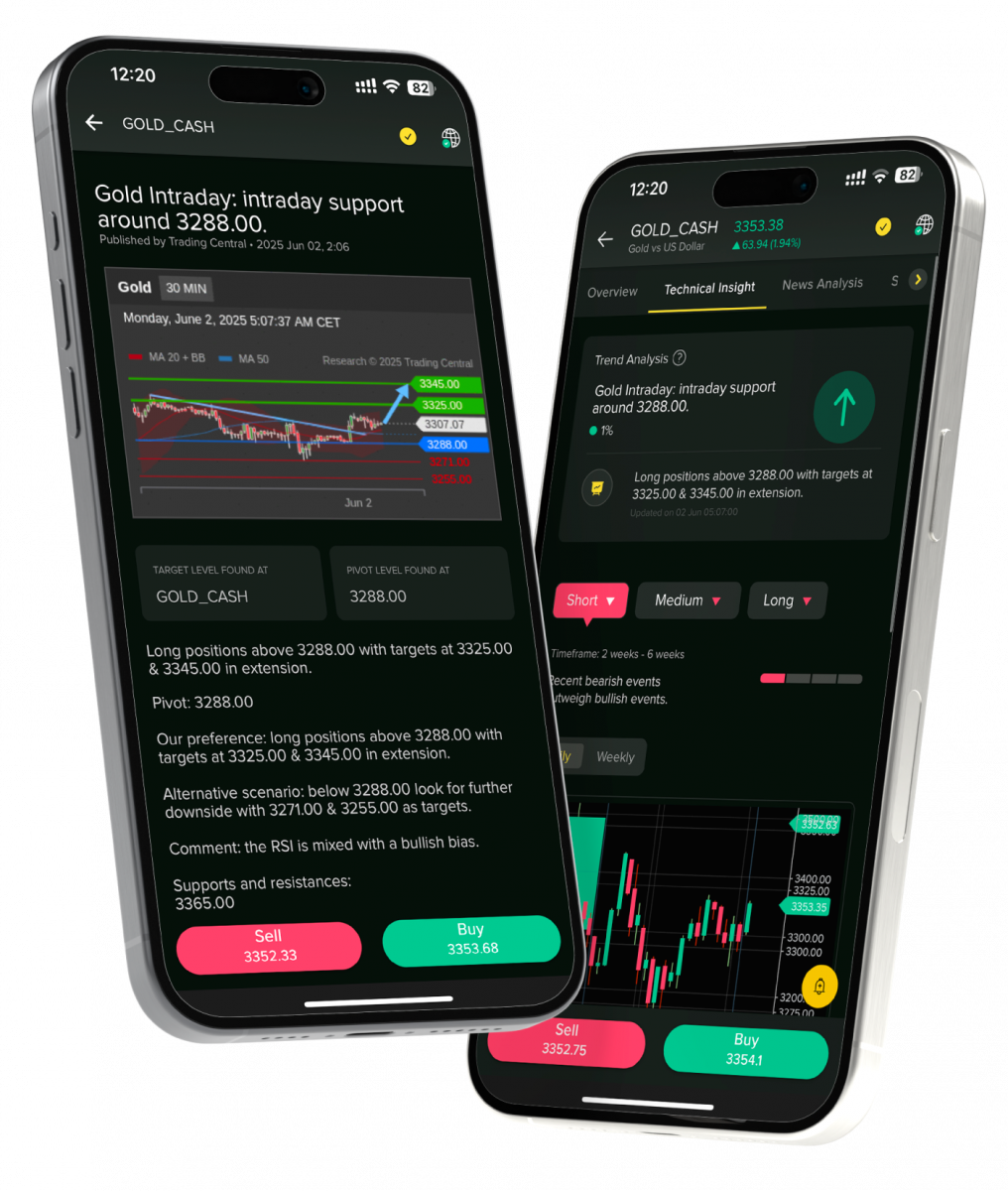
FAQs
Q1. What are the two main types of option contracts?
A: The two core types of option trading are calls and puts. You are given the right but not the obligation to exercise your right to buy or sell the underlying asset.
Q2: What are the stock option types in trading?
A: Stock option type trading lets you take a call or put position on company shares without owning them. It is a good tool to protect your open investment positions against market volatility.
Q3: What is the difference between American and European options?
A: Differentiation is in exercising your option. With American contracts, you can exercise your right anytime before expiry, while with European options, you need to wait till the date of expiry.
Q4. What are the types of option markets available to traders?
A: Traders can choose between standardized and regulated ETC, i.e., Exchange Traded Contracts, or more flexible but risky OTC or Over the Counter contracts.
Q5. Which type of options trading is best for beginners?
A: Beginners should start by analyzing the markets and their positions thoroughly. Simple and effective strategies like covered call or protective put are a good place to start.
Conclusion
This was to help you recognize the various nuances in major types of option trading . Doing your due diligence with a solid strategy should always be the priority. Start your trading journey with your preferred types of option trading with the UAE's trusted broker, Century.
Open your account today!
لا تقدم شركة سنشري للإستشارات والتحليل المالي ش.ذ.م.م (الشركة) محتوى هذه المدونة، بما في ذلك أي أبحاث أو تحليلات أو آراء أو توقعات أو أي معلومات أخرى (يُشار إليها مجتمعةً باسم "المعلومات")، إلا لأغراض التسويق والتثقيف وإتاحة المعلومات العامة. ولا يُفسَّر ذلك على أنه نصيحة استثمارية أو توصية أو دعوة لشراء أو بيع أي أدوات مالية.
كما يجوز نشر هذه المعلومات عبر قنوات مختلفة، بما في ذلك موقع الشركة الإلكتروني، ومنصات الغير، والنشرات الإخبارية، والمواد التسويقية، ورسائل البريد الإلكتروني، ووسائل التواصل الاجتماعي، وتطبيقات المراسلة، والندوات الإلكترونية، وغيرها من وسائل التواصل. وبينما تسعى الشركة لضمان دقة المحتوى، فإنها لا تضمن اكتماله أو موثوقيته أو تحديثه في الوقت المناسب. وعليه، فأي قرارات تُتخذ بناءً على هذه المعلومات تكون على مسؤوليتك الشخصية. ولا تتحمل الشركة أي مسؤولية عن أي خسارة أو ضرر ناتج عن استخدامها.
ينطوي تداول المنتجات المالية على مخاطر كبيرة، بما لا يتناسب مع جميع المستثمرين. فيُرجى التأكد من وعيك التام بالمخاطر، وطلب الاستشارة المهنية المتخصصة إذا لزم الأمر.
يُرجى الاطلاع على بيان كشف المخاطر الشامل المتوفر على موقعنا الإلكتروني.
